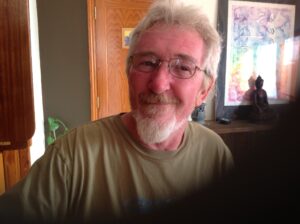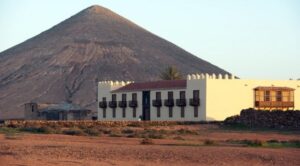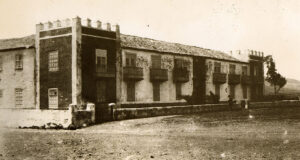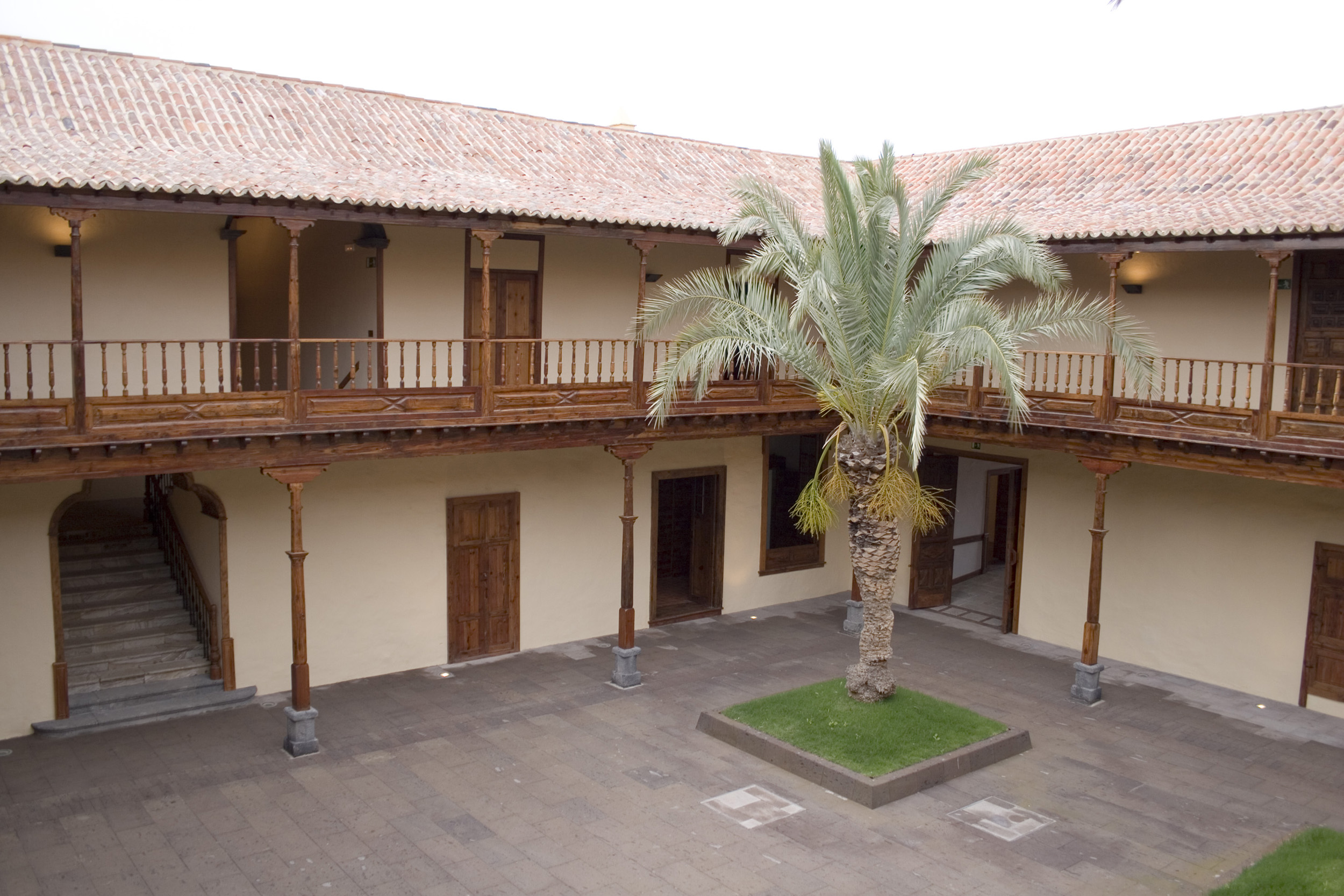Across Spain, Mother’s Day is celebrated on the first Sunday in May but back in the UK and Ireland, Mothering Sunday falls in March. It is a special day and one to remember Fuerteventura's special lady - La Marquesa
An Article By Bernie Power with The Voice Fuerteventura

Mothering Sunday is a day to recognise mothers and all the amazing things they do and whether they are related by blood, are actual mothers or just someone special it doesn’t matter as mothers come in all shapes and guises and here in Fuerteventura, there is one in particular that really stands out as the mother of the people. She is known as La Marquesa.
Selfless Acts
Fuerteventura has had more than its fair share of hardships over the centuries and has only pulled through because of the resilience of the people and the effectiveness of their actions. From the farmers who worked tirelessly to contain what little water was available to feed their families, to the mothers who sent their children to new countries in South America in order to better their lives.
Thirst! Hunger! Death!
Here is a quote from Las Canarias weekly magazine, dated 13th August 1909.
“Drought frequently arises in a terrible and disastrous way !thirst!, !hunger, !death! . They were relentlessly developed. With water or provisions, this is a real scene of horror and desolation. Rustic and urban works are stopped, labourers, enveloped in poverty, asked for bread and water door to door for them and their hungry children: and meanwhile the constant emigration of the Unfortunate”
Las Canarias weekly magazine, dated 13th August 1909.
La Casa De Los Coroneles
The date of this article is really important as was a particularly bad time for Spain, and Fuerteventura was actually being abandoned! However, during that time there was one woman in particular who made a massive difference to the lives of many. Her name was Maria Nieves Manrique de Lara y del Castillo. She was a native from the village of La Oliva in the north of the island and was actually born way back in 1844, in the now restored famous landmark, The Casa de Los Coroneles.

 La casa de los coroneles - after restoration - La Oliva, Fuerteventura
La casa de los coroneles - after restoration - La Oliva, FuerteventuraNote for Tourists: This is about a 10-15 minute drive from Corralejo.
The Colonels
Her father was the last Colonel, Cristobal Manrique de Lara Cabrera and her husband Marques de la Quinta Roja. Unfortunately, both her father and her husband died, so she turned her attention into helping the poor and unfortunate people of Fuerteventura. She began by giving local people work and employed them to help rebuild the main house. She also allowed her fields to be farmed by the local people to create food and was, at that time, the only form of social welfare on the island. Even when she only had a few chickpeas to eat and water from the well to offer, she still organised festivals and musical events to lighten the burden of the suffering.
Thirty Years
She worked tirelessly with the poor for thirty years and became known locally as ‘La Marquesa.’ The locals loving restored her house and it became known as El Palacio de la Marquesa. She also paid for a mausoleum to be constructed in the cemetery in La Oliva in remembrance of her father. She died in Tenerife in 1921 and unfortunately the house began to fall, once again, into disrepair. But her legend lives on and she is still remembered by many of the locals, as the only person who truly cared for the villagers and helped them in the harshest of times.

 La casa del Los coroneles - before restoration. la oliva, fuerteventura
La casa del Los coroneles - before restoration. la oliva, fuerteventuraImmortalised In Print
Although it is impossible to find photographs of what she actually looked like, she has been immortalised in print for posterity by the famous Cuban Writer, Dulce Maria Loynaz. The play entitled ´The Empty Tomb´ is a written testament to the truly selfless acts of the Marquesa and the way she stepped in helped so many of the poor and suffering people of Fuerteventura. Her house once stood in a state of disrepair but now it has been now restored back to its former glory and open for the public to enjoy once more.

